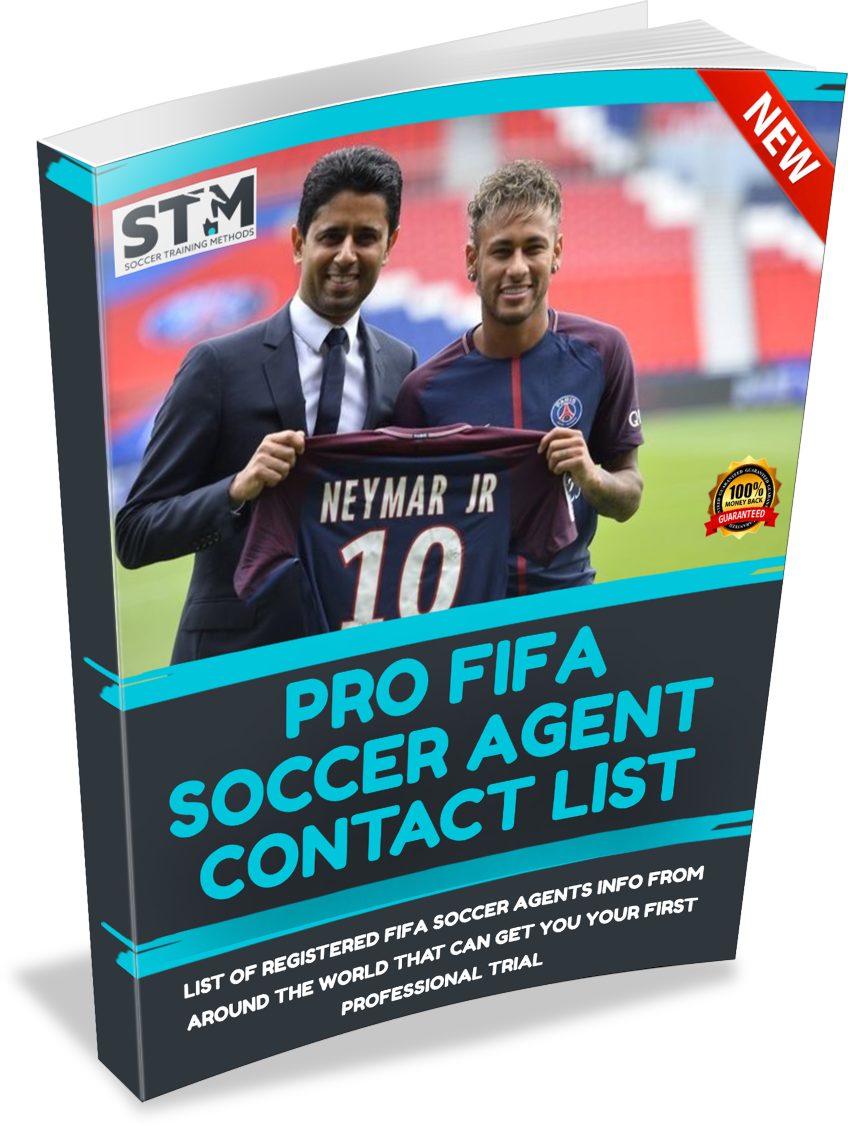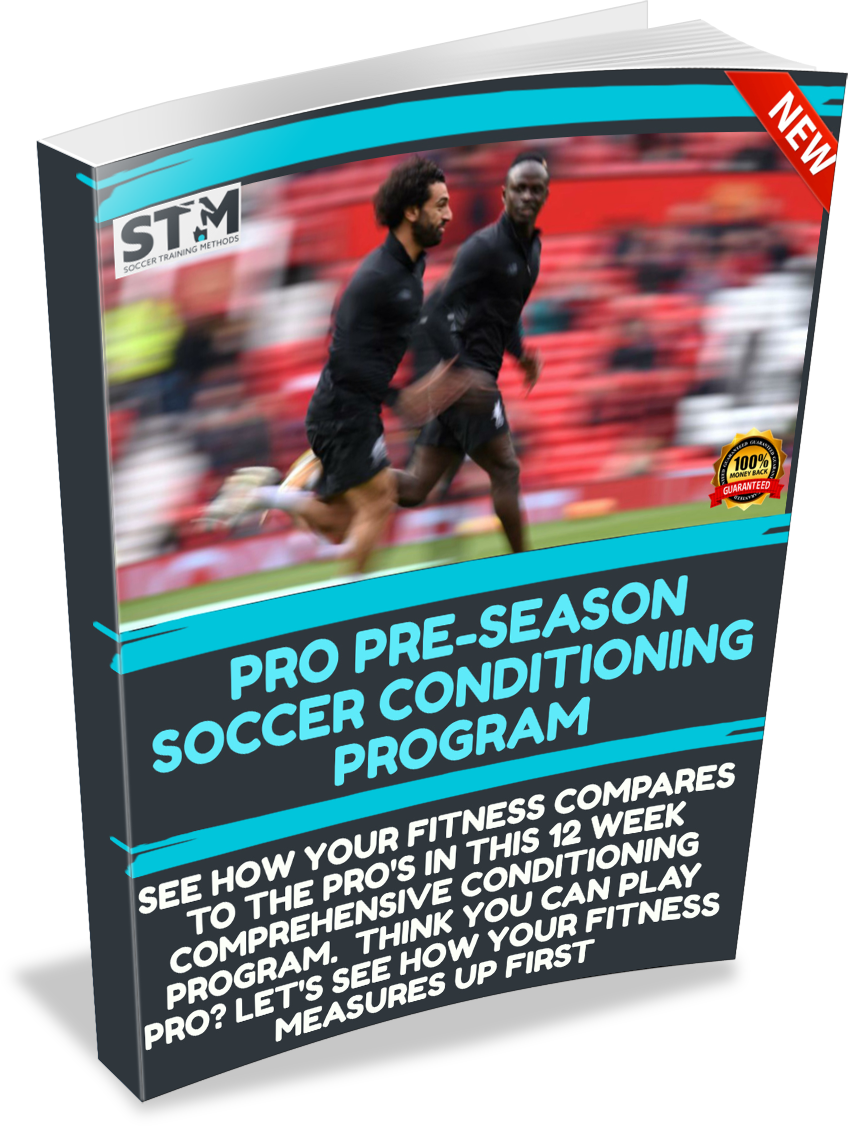Bring Out The Soft Ground Cleats! Look Like Another Rainy Night Away At Stoke!
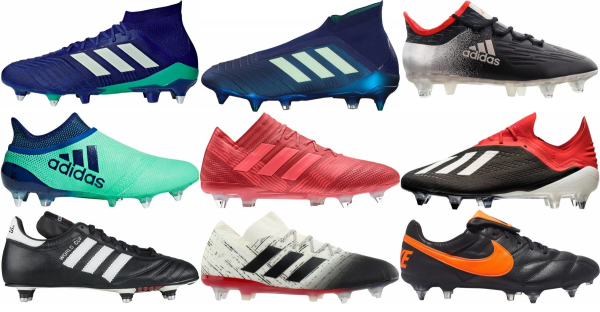
Go on boys put on those soft ground cleats, it's going to be an ugly one tonight (insert English accent here).
Having a quality pair of soft ground boots (aka 6 studs) can prove to be an important tool in your shed when you see the grey clouds of rain starting to form.
It's unique design makes you comfortable even in the most uncomfortable situations, kinda like breaking up with your girlfriend while your new girlfriend is waiting for you in the car.
Let's move on, if you live somewhere that has rainy weather throughout majority of the year and your games are mostly on grass you're going to need a pair of these bad boys in you locker.
They used to go by the name six studs because that's literally how many cleats were on the bottom (2 on the heel and 4 under the toes) but people don't call them that much anymore.
These days soft ground cleats tend to have more than just six cleats on them, some are a mix of removable metal cleats and some plastic ones that are permanently in the bottom of the shoe.
Well it's time to learn all about them, the good, the bad and the ugly, give them a test drive and see which pair will have the honour of gracing your beautiful (minus the hang nails) feet.
Oh and whatever you do ignore your third cousin who wants you to buy a pair of boots from Italy that they swear are better than household name brands. If the name brands are good enough for the pro's to wear then they are good enough for you.
Stick to Nike, Adidas and Puma when testing out your next pair of soft ground cleats, and yes you can choose the ones that look nice too.
Soft Ground Cleats Video Explanation
Top 5 Qualities Of Great Soft Ground Cleats
1. Quality Studs
- You're going to need some solid studs to be able to dig into those wet pithes so making sure they are made with quality materials is vital.
- Give them a good look and make sure they are made of metal or an equally comparable durable material.
2. Soft Insoles
- There's no worse feeling than an uncomfortable pair of soft ground cleats digging into the bottom of your feet.
- For obvious reasons soft ground cleats tend to be a bit of a less comfortable feel due to the metal studs and harder sole plates to keep them in place.
- Be sure to test the shoes to see if they are soft on the bottom of your feet, if not you may want to get yourself a pair of comfortable insoles to slide in.
3. Flexible
- Because of the metal cleats and hard sole plate it's normal for these soft ground cleats to have a little trouble bending like a traditional firm ground shoe.
- See how they feel on our foot and see if you can point your toes to the sky and ground and see how much bend this shoe has, this will help with when you control the ball and general sprints around the pitch.
4. Quality Upper Material
- You're going to need this shoe to last through cold rainy matches and practices so having the upper part of the boot to be durable and flexible is valuable.
- Leather is always a smart choice and you can't go wrong with it, but if you are going synthetic then be sure it is made of a quality materials.
5. Durable
- Be sure the seams, soles, insole and stitching are all of a high standard so your shoe will last.
- A good pair of soft ground cleats can last more than a few years if taken care of properly so be sure to buy a durable and reliable brand.
- Both leather and synthetic shoes can be durable and a good choice just make sure to try them on first so you can get high quality comfort and durability all in one shoe.
Top 3 Things To Look For When Buying Soft Ground Cleats
1. Comfort
- Especially in a pair of soft ground cleats you're going to want to be a bit of a snob for comfort and feel.
- Because of the metal studs there is a tendency for the soles to be a bit stiff so make sure the rest of the boot has the right upper and insole materials to make every step enjoyable.
2. The Right Fit
- "He'll grow into them!" Not this time, your soft grounds need to be a bout a thumbs width from the edge of the shoe.
- Don't compromise when it comes to fit, not even for a second. Tie the cleats up tight and move around with them on to see how they feel stationary and on the move.
3. Name Brands
- Stick to a trusted name when selecting your soft ground cleats, there is a reason why the pro's wear Nike, Adidas and Puma.
- Avoid the random brands from small town Europe or South America and go with something that you can lean on.
Top 3 Things To Avoid When Using/Buying
Soft Ground Cleats
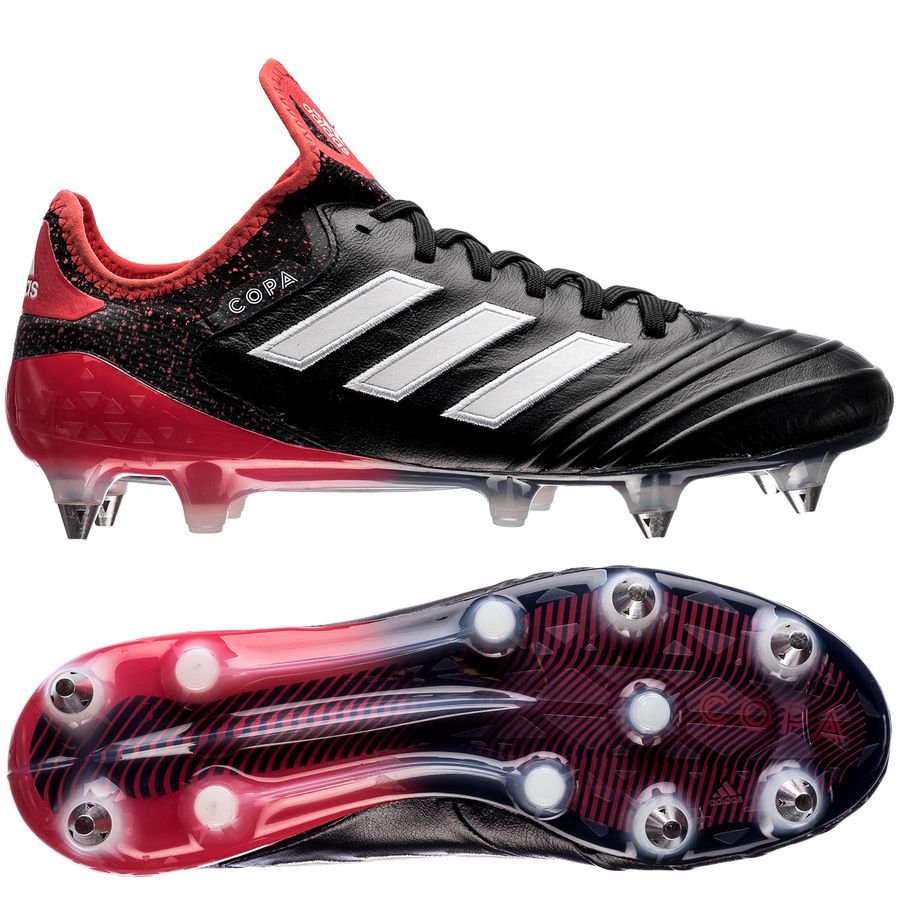
1. Walking On Pavement & Other Surfaces
- It may seem like a small thing but all those little walks to and from the car on pavement with your metal studs will start to wear them down.
- You want these things to last so avoid pavement, concrete, gravel and brick surfaces.
2. Not Cleaning Them
- These boots will be worn through the toughest of weather so be sure to give them the right attention once you get home.
- Wipe them down with a damp cloth, pick out the dirt and grass stuck in awkward places and dry until they are back to their original condition.
- Do this right away, the longer the shoe sits soaked in water the worse it is for the material that keeps the shoe together.
3. Storing In Cold Areas
- Whenever you get home from a match try and put your new soft ground cleats in a room temperature environment.
- Leaving them outside or in your garage during cold nights can start to take a tole on the shoe and create cracks in the material from the cold temperatures.
- When you get home give it a nice wipe down then leave it on your bag in the house or in a closet but not anywhere too cold.
Where Can I buy The Best Soft Ground Cleats?
It's always best to go try any shoes (especially soft ground cleats) you're considering buying in person than online.
Even if you do buy online which is fine go try them on first in the store, just remember your size. The benefits of doing this include getting a feel for how comfortable the shoe is, along with how it feels while having a ball by your feet.
Some shoes may look better online than they actually perform in person so be sure to go in person, ask all your questions and then buy them, or go home and buy them online, it will be our little secret.
1. Nike.com
2. Adidas.com
3. Amazon.com
Top 3 Best Brands Of Soft Ground Cleats
1. Nike
2. Adidas
3. Puma
Do Pro's Use Soft Ground Cleats?
Absolutely. Sometimes even if it doesn't rain pro's use six studs during their matches because now a days grounds crews water fields minutes before games.
This makes the pitch slick as ice and if you don't have the soccer boots to withstand the conditions you'll be slipping your way out of the starting eleven.
At the pro level it's not always about the flash and glamour but more so about what works and what's smart. Using six studs when it's a damp field is not only smart but straight up does the job.
Can I Use My Multi-Stud Cleats Instead of My Soft Ground Cleats When It's Wet?
You can, but if you're that guy that changes his boots in the middle of a match because you didn't want to wear sixes you better hope it's not the last time you see a pitch.
In some cases you can use your multi-stud boots, they are multi stud for multi purpose situations and if it's not too damp out there they may do the trick for ya.
How Long Do Soft Ground Cleats Last?
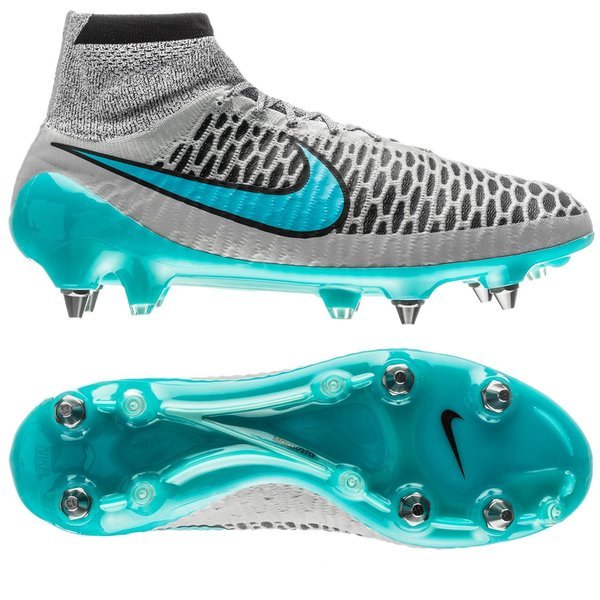
It really depends on more than a few factors such as brand, use, quality, type of player etc. But in general terms six stud cleats can last a lot longer than regular multi-stud cleats because they are more of a speciality shoe and aren't used as often.
If you consider how often it rains to how often it doesn't you can see why these soccer boots would last up to three or four times longer than a regular everyday cleat.
If you're the type of player who takes care of their cleats such as washing them and putting protective cream on it when you're not playing then you can extend the life of them even longer than usual.
Do The Studs Come Out With Soft Ground Cleats?
They can, but not always. Some six stud soccer boots are removable and others aren't. I personally like the ones that are permanent because trying to loosen a single cleat can be a hassle and having to worry about another piece of equipment is the last thing you need.
The ones that are removable allow you to switch studs for different field conditions and are quite versatile in that respect. But if you end up losing one of those studs on the pitch good luck finding it.
Soft Ground Cleat Specifications
- Cleat Upper: Leather or Synthetic
- Cleat Sole: One piece
- Stud Amount: 6-8
- Stud Material: Metal, Hard Rubber
- Stud Durability: Very Strong
- Studs Removable: Yes
- Suitable For: Soft Natural Surfaces, Damp Natural Surfaces
- Weight: 7-15 oz.
- Size and Width: All Shapes
When Should I Wear Them exactly?
If you couldn't sleep the night before because it felt like Zeus himself was throwing down lightning bolts from a rain storm, the next day is usually a great time for Soft Grounds.
When the ground is very soft from rainfall, built up water spots or newly laid soft grass, these boots then come into play. So sharpen up those soccer boots when the pitch has been poured on, you're going to need them.
Below is the different field conditions and how soft ground cleats perform on that pitch with a rating of Poor, Below Average, Average, Good, Perfect.
Field Conditions
- Hard Field: Poor/Below Average
- Not too hard or Soft: Average
- Some Rain Fall: Good
- Damp Field: Perfect
- Turf: Average
More Strengths & Weakness About Soft Ground Cleats
Even Messi has his weaknesses, I think. A lot of cleats come down to player preference and of course one bad experience can ruin a shoe type for you.
Oh I don't know maybe loosing a PK shootout with a certain boot may make you want to throw them into the river, but that doesn't mean it's a bad shoe now is it? Strengths and weaknesses of the soft ground soccer shoe.
Strengths
- Comfortable and spacious.
- Durable upper and lower body.
- Studs are generally removable.
- Tremendous traction with damp soft fields.
- Can take a beating throughout a season.
- An opponent will think twice before going into a challenge with you.
Weaknesses
- Not ideal for regular or firm fields.
- Less cushion.
- Less support.
- Heavier.
- Hassle to replace a lost stud.
Whether you like six studs or not you're going to need a pair. Yes you might think that only defensive players or stuck in players need them but when you get to the highest of levels you realize why they are so important.
Now you know under which conditions your beloved Soft Grounds are ideal for. Don't go watering your lawn just to give those soccer boots a test run, okay it's fine you can, but be prepared to use them in a match too.
